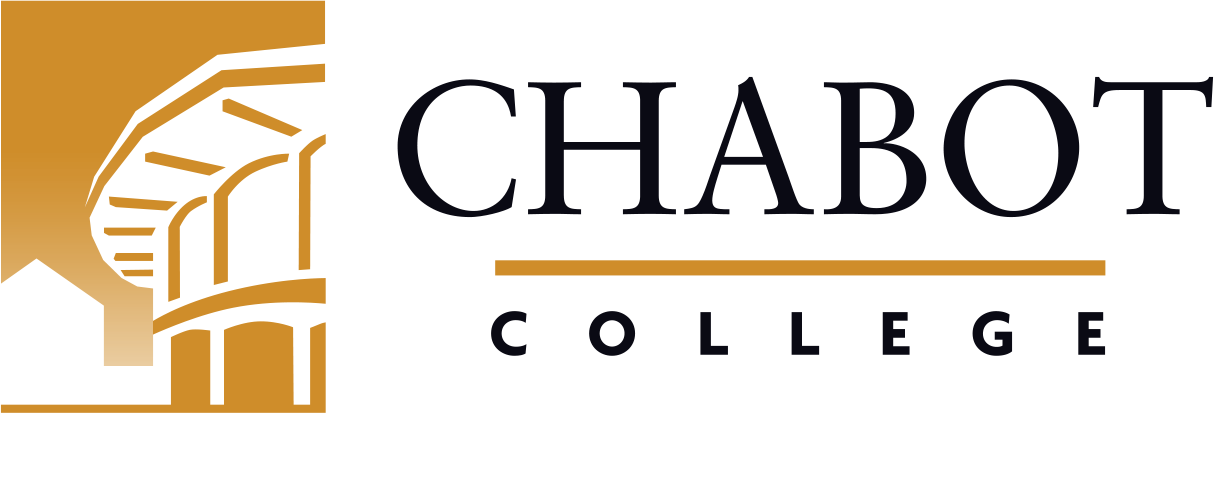
Course Outline for Mathematics 44W
Mathematics for Democracy Workshop
Effective: Spring 2020
SLO Rev: 03/03/2021
SLO Rev: 03/03/2021
Catalog Description:
MTH 44W - Mathematics for Democracy Workshop
0.50 - 1.00 Units
Laboratory, study group, collaborative workshop or computer laboratory time for Mathematics for Democracy
Corequisite: MTH 44 This is a workshop used to enhance the understanding of MTH 44.
1702.00 - Mathematics Skills
Pass/No Pass
| Type | Units | Inside of Class Hours | Outside of Class Hours | Total Student Learning Hours |
|---|---|---|---|---|
| Laboratory | 0.50 - 1.00 | 36.00 - 54.00 | 0.00 | 36.00 - 54.00 |
| Total | 0.50 - 1.00 | 36.00 - 54.00 | 0.00 - 0.00 | 36.00 - 54.00 |
Measurable Objectives:
Upon completion of this course, the student should be able to:
- Read and write the mathematics used in Mathematics in Democracy;
- use technology currently used in Mathematics in Democracy;
- solve problems on their own and with peers without having to rely on an instructor.
Course Content:
- Applications of principles and concepts
- Study Skills
- Developing Acedemic Perseverance
- How Learning Math is Different
- Resources On and Off Campus
- Time Management
- How to Be an Effective Listener and Take Notes
- How to Approach Homework
- How to Study for an Exam
- Overcoming Math and Test Anxiety
Methods of Instruction:
- Problem Solving
- Class and group discussions
- Review
Assignments and Methods of Evaluating Student Progress:
- What is the benefit of the Borda count method over the plurality method?
- Exercises from the textbook such as the following: Suppose state A has a population of 935,000 and five representatives, whereas state B has a population of 2,343,000 and 11 representatives. Determine which state is poorly represented, and calculate the absolute unfairness for this assignment of representatives. Determine the relative unfairness for this apportionment.
- Exercises from the textbook such as the following: The heights of 5-year old girls in the U.S. are normally distributed with a mean of 42.56 inches and a standard deviation of 1.573 inches. 68.27% of 5-year old girls have heights between ______ inches and ______ inches.
- Using the given map of a district, determine the scores under the Harris, Polsby-Popper, Reock, Convex Hull, and sum of perimeters methods. Which score indicates that the district might have been gerrymandered? (A map was provided.)
- Using the given map with 60% of the precincts for party A and 40% of the precincts for party B, create a gerrymandered redistricting so that party B earns a majority of the representatives. Can you construct a gerrymandered redistricting which will award party A 100% of the representatives? (A map was provided.)
- Class Work
- Attendance
Upon the completion of this course, the student should be able to:
- Increase confidence in understanding mathematical concepts, communicating ideas and thinking analytically.
Textbooks (Typical):
- Miller/Heeren/Hornsby/Hereen (2016). Mathematical Ideas (13th). Pearson.
- Duchin, M (2020). Political Geometry (1st). Birkhauser.
Abbreviated Class Schedule Description:
Laboratory, study group, collaborative workshop or computer laboratory time for Mathematics for Democracy
Corequisite: MTH 44 This is a workshop used to enhance the understanding of MTH 44.
Discipline:
Mathematics*